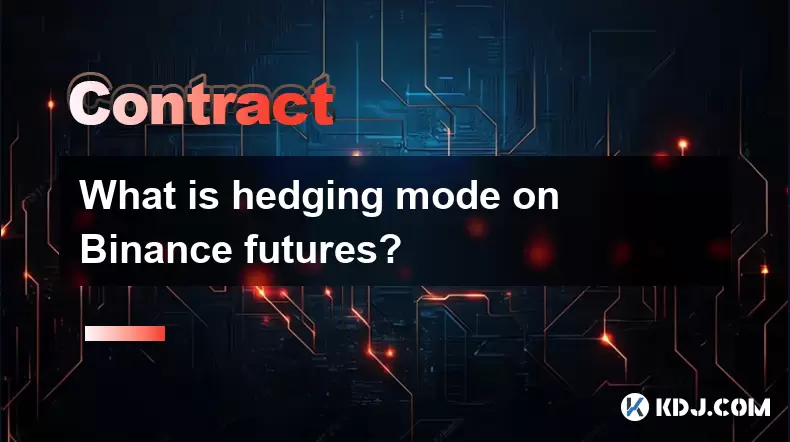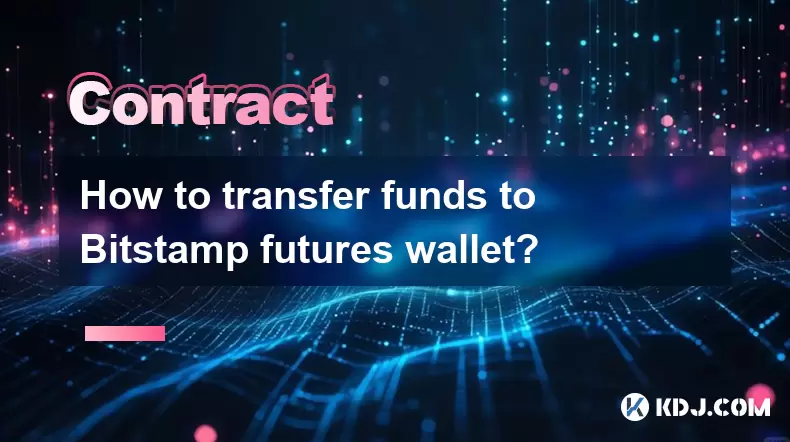-
 Bitcoin
Bitcoin $118900
1.66% -
 Ethereum
Ethereum $3735
1.35% -
 XRP
XRP $3.506
0.71% -
 Tether USDt
Tether USDt $1.000
-0.01% -
 BNB
BNB $799.4
5.78% -
 Solana
Solana $202.0
1.87% -
 USDC
USDC $0.9999
0.00% -
 Dogecoin
Dogecoin $0.2661
1.89% -
 Cardano
Cardano $0.8877
1.59% -
 TRON
TRON $0.3173
2.45% -
 Hyperliquid
Hyperliquid $45.00
2.59% -
 Stellar
Stellar $0.4723
3.40% -
 Sui
Sui $3.970
1.32% -
 Chainlink
Chainlink $19.67
1.94% -
 Hedera
Hedera $0.2710
1.99% -
 Avalanche
Avalanche $25.74
-0.01% -
 Bitcoin Cash
Bitcoin Cash $528.1
1.98% -
 Litecoin
Litecoin $120.1
3.57% -
 Shiba Inu
Shiba Inu $0.00001525
1.26% -
 UNUS SED LEO
UNUS SED LEO $8.989
-0.01% -
 Toncoin
Toncoin $3.304
1.74% -
 Polkadot
Polkadot $4.531
3.38% -
 Uniswap
Uniswap $10.74
2.51% -
 Ethena USDe
Ethena USDe $1.001
0.00% -
 Monero
Monero $325.5
2.44% -
 Pepe
Pepe $0.00001413
1.31% -
 Bitget Token
Bitget Token $4.860
0.85% -
 Dai
Dai $0.9999
0.01% -
 Aave
Aave $307.3
-2.07% -
 Bittensor
Bittensor $448.8
2.91%
What is hedging mode on Binance futures?
Binance Futures' Hedging Mode lets traders hold simultaneous long and short positions on the same asset for advanced risk management and strategy flexibility.
Jul 23, 2025 at 05:42 am

Understanding Hedging Mode on Binance Futures
Hedging Mode on Binance Futures refers to a trading feature that allows users to hold both long and short positions for the same cryptocurrency asset simultaneously. This mode is particularly useful for traders who want to hedge their exposure to price volatility without closing existing positions. In Hedging Mode, each position is treated independently, meaning that profits and losses from one position do not offset those of the opposite position.
Binance Futures offers two position modes: One-way Mode and Hedge Mode. While One-way Mode only allows holding a single position (either long or short) for a particular asset, Hedging Mode enables traders to take both directional positions. This flexibility is crucial for advanced trading strategies, especially in volatile markets where price swings are frequent.
How to Switch to Hedging Mode on Binance Futures
Switching to Hedging Mode on Binance Futures is a straightforward process, but it requires careful attention to avoid unintended changes in your trading positions.
- Log in to your Binance Futures account via the web or mobile app.
- Navigate to the Futures trading interface for the asset you want to trade.
- Look for the position mode indicator, typically located near your open positions or in the trading settings.
- Click or tap on the position mode to open the selection menu.
- Select Hedge Mode from the options provided.
- Confirm your selection when prompted by the system.
Once activated, you can start opening both long and short positions for the same asset. Note that switching between modes may affect your existing positions, so it's advisable to ensure no active trades are open before changing modes.
Key Features of Hedging Mode
Hedging Mode introduces several unique features that distinguish it from the standard One-way Mode.
- Independent Positions: Each position is tracked separately, allowing for simultaneous long and short trades on the same asset.
- Flexible Risk Management: Traders can protect their portfolio by offsetting potential losses in one position with gains from another.
- Margin Isolation: Each position requires its own margin allocation, which helps in managing capital more effectively.
- Customizable Liquidation Prices: Since positions are independent, liquidation levels are calculated separately for each trade.
These features make Hedging Mode ideal for experienced traders who use complex strategies such as arbitrage, pairs trading, or volatility hedging.
Trading Strategies That Benefit from Hedging Mode
Hedging Mode opens up a variety of strategic opportunities for traders on Binance Futures.
- Market Neutral Strategies: Traders can go long on one asset and short on another correlated asset to profit from relative price movements while minimizing directional risk.
- Event-based Hedging: During high-impact events like regulatory announcements or major exchange listings, traders can hedge their spot holdings with futures contracts to reduce exposure.
- Volatility Arbitrage: Traders can exploit differences in implied volatility between options and futures markets by taking offsetting positions.
- Dollar-Cost Averaging with Futures: Users can combine long-term holding strategies with short-term futures hedging to average out price fluctuations.
These strategies rely on the ability to hold multiple positions simultaneously, which is only possible in Hedging Mode.
Impact of Hedging Mode on Margin and Funding Fees
When using Hedging Mode, it's essential to understand how it affects margin requirements and funding fees.
- Margin Allocation: Each position requires its own margin, meaning that holding both long and short positions will consume more capital than in One-way Mode.
- Funding Fees: In perpetual futures contracts, funding fees are charged periodically to maintain price alignment with the spot market. These fees apply separately to each position, which can increase overall costs when holding multiple positions.
- Leverage Considerations: Traders must carefully manage leverage since each position is treated independently, and high leverage on multiple positions can amplify risk.
Understanding these implications is crucial for effective capital management in Hedging Mode.
Frequently Asked Questions
Q: Can I switch between Hedging Mode and One-way Mode anytime?
Yes, you can switch between the two modes at any time through the Futures trading interface. However, ensure that you have no active open positions before switching to avoid unintended liquidations or margin adjustments.
Q: Does Hedging Mode affect my trading fees on Binance Futures?
No, the trading fee structure remains the same regardless of the position mode. However, holding multiple positions may result in higher total fees due to increased trading volume.
Q: Can I use automated trading bots in Hedging Mode?
Yes, most third-party and native Binance trading bots support Hedging Mode. Ensure that your bot’s settings are configured to handle multiple positions independently.
Q: Is Hedging Mode available for all futures contracts on Binance?
Yes, Hedging Mode is available for all perpetual and quarterly futures contracts listed on Binance Futures.
Disclaimer:info@kdj.com
The information provided is not trading advice. kdj.com does not assume any responsibility for any investments made based on the information provided in this article. Cryptocurrencies are highly volatile and it is highly recommended that you invest with caution after thorough research!
If you believe that the content used on this website infringes your copyright, please contact us immediately (info@kdj.com) and we will delete it promptly.
- ONDO ETF Incoming? 21Shares and the Coinbase Custody Connection
- 2025-07-23 14:30:12
- Check Your Change! UK Coins Worth £40,000 Could Be Hiding in Plain Sight
- 2025-07-23 14:50:12
- PNC Bank & Coinbase: A New York Minute on Crypto Services Partnership
- 2025-07-23 14:50:12
- Crypto, India, and the COINS Act: A New Dawn for Digital Assets?
- 2025-07-23 14:55:12
- IREN's Bitcoin Mining Prowess Meets AI: An SOTP Valuation Deep Dive
- 2025-07-23 12:30:12
- Arca, PENDLE, and Kraken: Navigating DeFi's Institutional Currents
- 2025-07-23 11:10:11
Related knowledge

Why is my Bitstamp futures position being liquidated?
Jul 23,2025 at 11:08am
Understanding Futures Liquidation on BitstampFutures trading on Bitstamp involves borrowing funds to open leveraged positions, which amplifies both po...

Does Bitstamp offer inverse contracts?
Jul 23,2025 at 01:28pm
Understanding Inverse Contracts in Cryptocurrency TradingIn the realm of cryptocurrency derivatives, inverse contracts are a specific type of futures ...

How to find your Bitstamp futures trade history?
Jul 23,2025 at 08:07am
Understanding Bitstamp and Futures Trading AvailabilityAs of the current state of Bitstamp’s service offerings, it is critical to clarify that Bitstam...

Can I use a trailing stop on Bitstamp futures?
Jul 23,2025 at 01:42pm
Understanding Trailing Stops in Cryptocurrency TradingA trailing stop is a dynamic type of stop-loss order that adjusts automatically as the price of ...

How to trade ETH perpetuals on Bitstamp?
Jul 23,2025 at 03:28am
Understanding ETH Perpetual ContractsETH perpetual contracts are derivative products that allow traders to speculate on the price of Ethereum without ...

How to transfer funds to Bitstamp futures wallet?
Jul 23,2025 at 04:14pm
Understanding Bitstamp Futures WalletBefore initiating any transfer, it’s crucial to understand that Bitstamp separates your Spot Wallet from your Fut...

Why is my Bitstamp futures position being liquidated?
Jul 23,2025 at 11:08am
Understanding Futures Liquidation on BitstampFutures trading on Bitstamp involves borrowing funds to open leveraged positions, which amplifies both po...

Does Bitstamp offer inverse contracts?
Jul 23,2025 at 01:28pm
Understanding Inverse Contracts in Cryptocurrency TradingIn the realm of cryptocurrency derivatives, inverse contracts are a specific type of futures ...

How to find your Bitstamp futures trade history?
Jul 23,2025 at 08:07am
Understanding Bitstamp and Futures Trading AvailabilityAs of the current state of Bitstamp’s service offerings, it is critical to clarify that Bitstam...

Can I use a trailing stop on Bitstamp futures?
Jul 23,2025 at 01:42pm
Understanding Trailing Stops in Cryptocurrency TradingA trailing stop is a dynamic type of stop-loss order that adjusts automatically as the price of ...

How to trade ETH perpetuals on Bitstamp?
Jul 23,2025 at 03:28am
Understanding ETH Perpetual ContractsETH perpetual contracts are derivative products that allow traders to speculate on the price of Ethereum without ...

How to transfer funds to Bitstamp futures wallet?
Jul 23,2025 at 04:14pm
Understanding Bitstamp Futures WalletBefore initiating any transfer, it’s crucial to understand that Bitstamp separates your Spot Wallet from your Fut...
See all articles

























































































